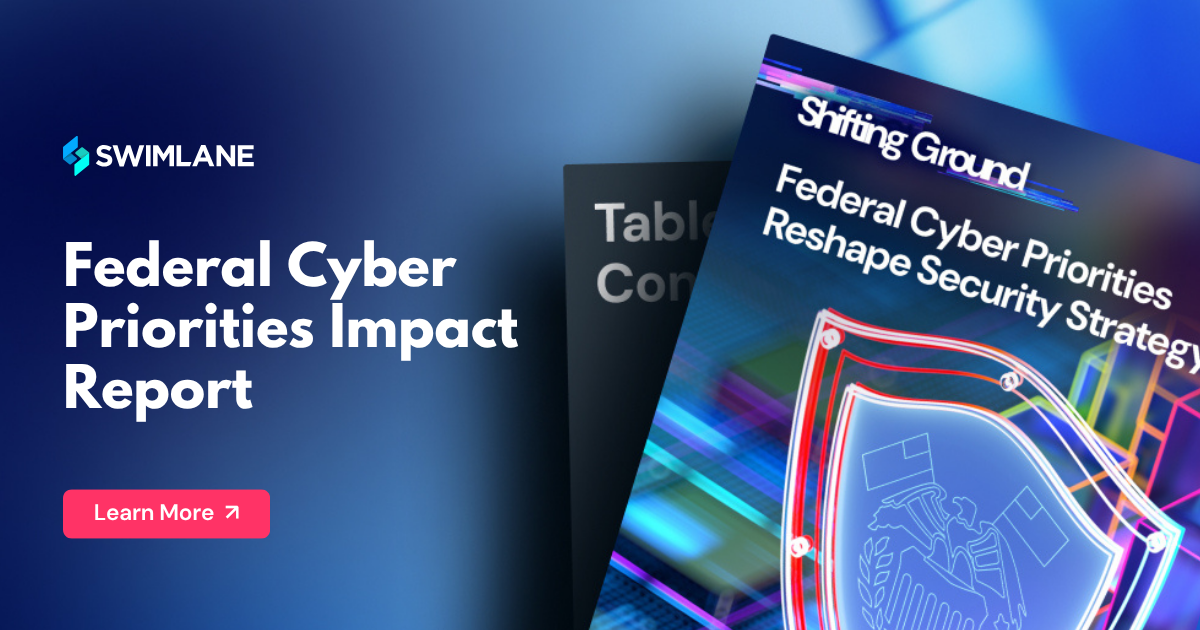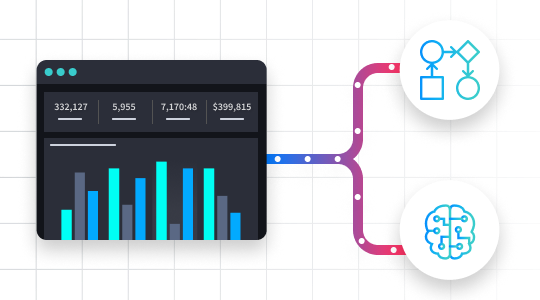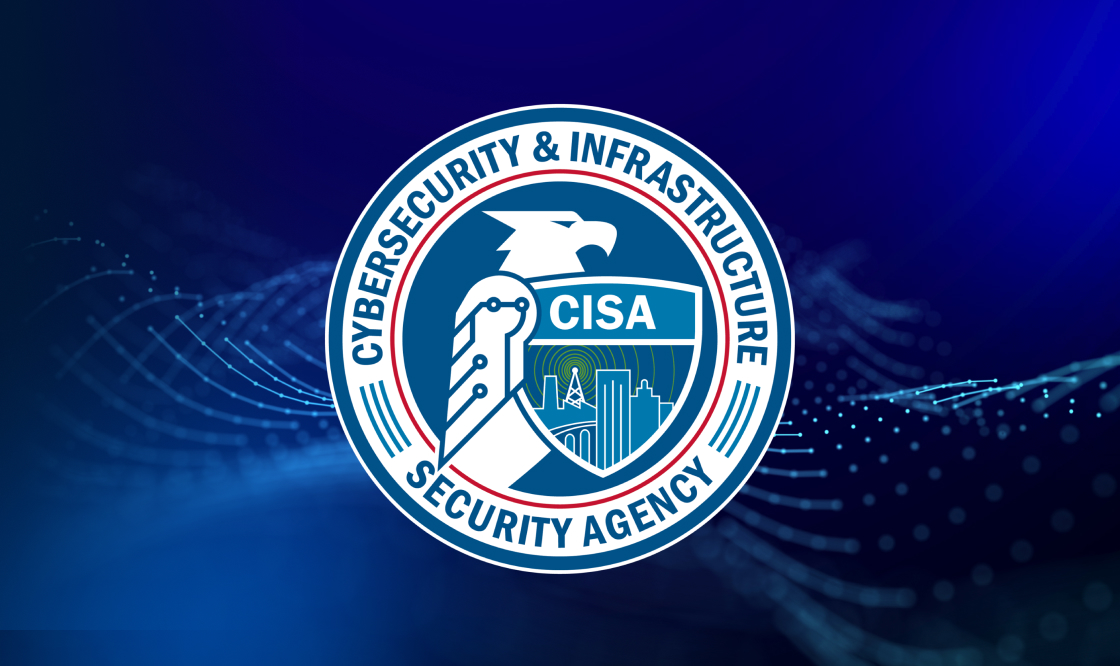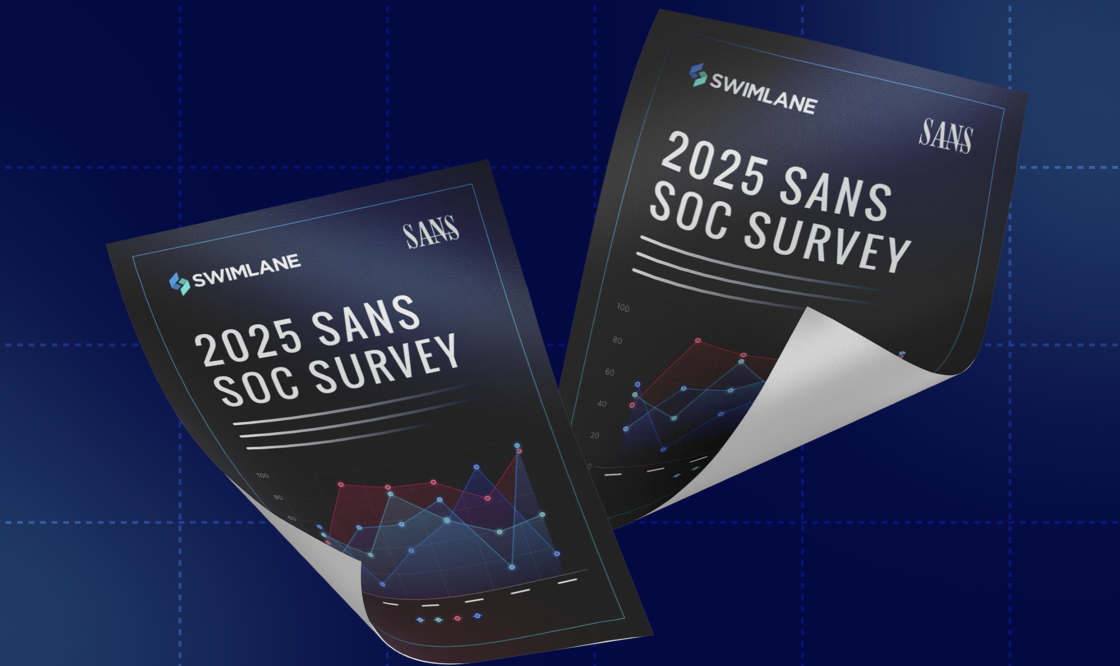The Quality Era: How CISA’s Roadmap Reflects Urgency for Modern Cybersecurity
Last week, the U.S. Cybersecurity and Infrastructure Security Agency (CISA) launched a roadmap for its CVE Program, marking a significant turning point that recognizes the need to transition from a “growth era” to a “quality era” of vulnerability data. As CISO at Swimlane, this is a powerful affirmation of the need for an integrated, proactive approach to cybersecurity.
A Timely Relief for the Private Sector
Our recent report, Shifting Ground: Federal Cyber Priorities Reshape Security Strategy, surveyed 500 IT and security decision-makers across the U.S. and U.K. to understand how security teams are adapting to recent shifts in federal cybersecurity programs. The findings revealed a concerning trend: security leaders who once relied on public-sector intelligence and coordination are now contending with increased risk and operational strain. In the wake of recent and anticipated CISA budget cuts:
- 63% of respondents said their team structure and staffing plans are being affected
- 91% of private organizations are already taking new steps to maintain operations amid reduced federal support.
It’s a clear signal that the private sector is shouldering a heavier burden, making the CVE roadmap even more timely.
CISA’s Roadmap: A Call for Integrated and Proactive Cybersecurity
This roadmap arrives at a critical juncture. As a CISO, I’m particularly heartened by CISA’s clear commitment to modernizing the CVE infrastructure. The roadmap is not just a high-level plan; it’s a strategic move to integrate advanced technologies like automation, AI, and machine learning to improve data quality and scalability. This is a vital shift, as we can no longer rely on manual processes to keep pace with the sheer volume of vulnerabilities.
CISA’s Roadmap FAQs
What is the CISA Cybersecurity Strategic Plan?
The CISA Cybersecurity Strategic Plan outlines the agency’s priorities to strengthen national cybersecurity. It focuses on advancing resilience, collaboration, and innovation across both public and private sectors.
How does the CISA Strategic Plan impact private organizations?
The CISA Strategic Plan signals a reduction in federal support and encourages private organizations to adopt proactive measures, such as automation, improved threat intelligence, and enhanced coordination across tools and teams.
What is the CISA AI Roadmap and why does it matter?
The CISA AI Roadmap is part of the agency’s initiative to modernize the CVE Program, utilizing technologies such as AI and machine learning. It aims to improve data quality, speed response, and reduce manual efforts in vulnerability management.
Multi-Sector and International Collaboration
What’s also critical is the roadmap’s emphasis on multi-sector and international collaboration. Expanding representation to include governments, academia, security researchers, operational technology companies, and the open-source community will create a more holistic and robust vulnerability ecosystem. This will provide a more comprehensive view of the threat landscape, which is essential for effective risk management.
Commitment to Transparency and Sustainable Funding
I also strongly support the roadmap’s commitment to transparency and its dedication to keeping the CVE program a public good. In an industry where trust and data integrity are paramount, ensuring the program remains free and vendor-neutral is non-negotiable. I am also cautiously optimistic about the plans for diversified funding, which will be crucial for the program’s long-term sustainability beyond traditional government funding cycles.
Practical Implications for the Private Sector: Improved Data Quality and Responsiveness
From a practical standpoint, the new minimum standards for CVE record quality and the federated mechanisms for data enrichment are a massive win for security leaders. This will give us more reliable and actionable vulnerability information, which is the foundation of any effective risk management strategy. Furthermore, the enhanced roles of CVE Numbering Authorities (CNAs) and the “CNA of Last Resort” role will improve responsiveness and visibility within the program, giving CISOs and their teams the clarity they need to act quickly.
In our report, we found that organizations are already turning to the private sector to fill the gaps left by reduced federal support. Over half of the organizations surveyed (51%) are now relying more on commercial threat intelligence providers. They are also prioritizing capabilities that can help offset staffing and coordination gaps, with the top areas of interest being improved coordination across security tools and teams (44%), more actionable threat intelligence (41%), and automation of high-volume tasks (39%).
The CISA roadmap’s focus on quality and automation directly addresses these critical needs and alleviates some of the burden on the private sector.
A New Era of Cybersecurity Empowerment
CISA’s new roadmap for the CVE program is more than just a federal initiative; it’s a strategic move that reflects the urgent need for the cybersecurity industry to evolve. By prioritizing data quality and leveraging technologies like automation and AI, the program is setting the stage for a more resilient and proactive defense ecosystem.
It acknowledges that to protect our critical infrastructure, we need to bridge the gap between human expertise and technological advancements, empowering security teams with the tools they need to succeed in this new era of cybersecurity.

Federal Cyber Priorities Reshape Security Strategy
Recent shifts in U.S. federal cybersecurity programs are significantly impacting the private sector. A new report, based on a survey of 500 IT and security decision-makers in the U.S. and U.K., reveals that security leaders are facing increased risk exposure, reduced visibility, and growing operational strain.
Download the research report to see findings that highlight how organizations are adapting to this new landscape.



